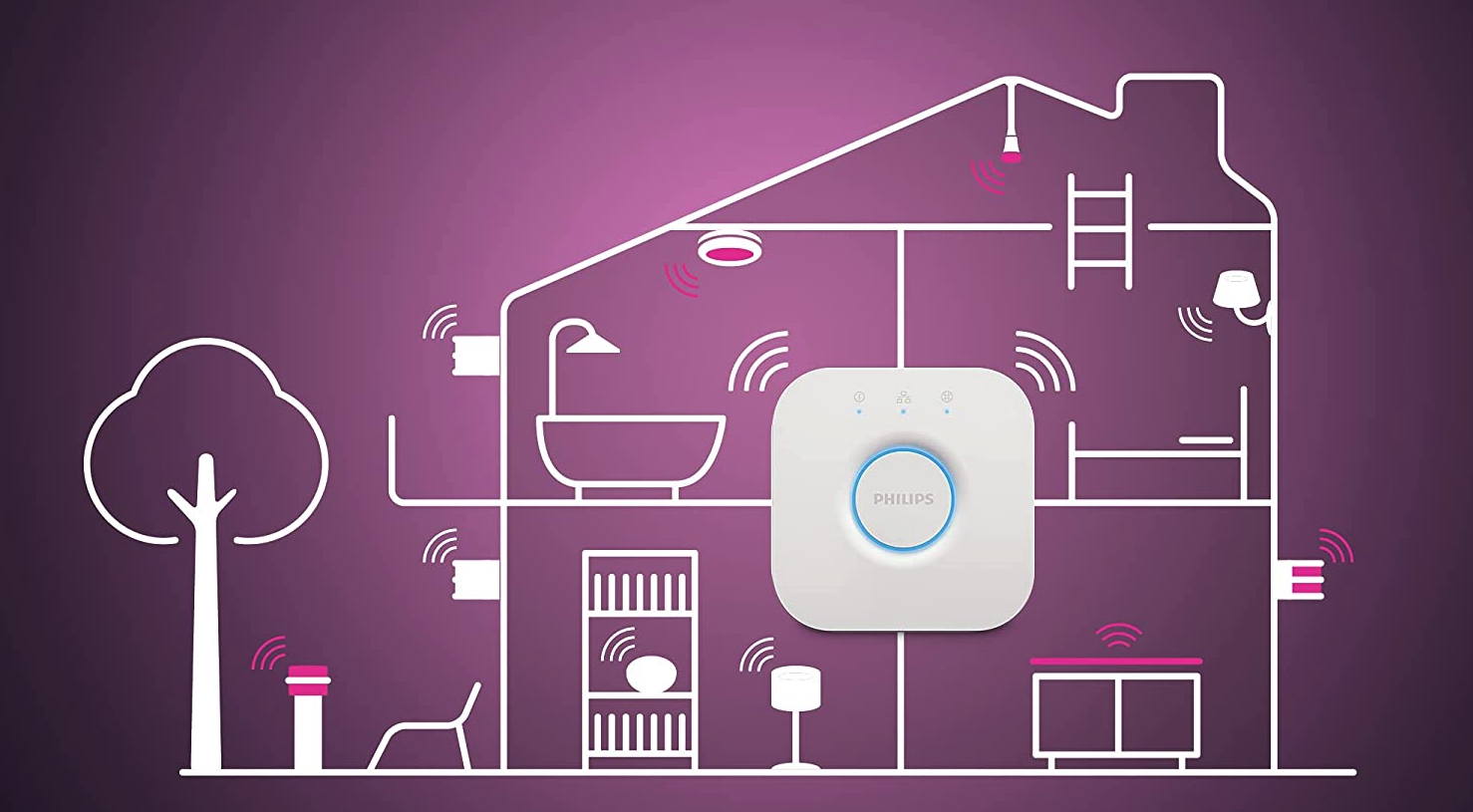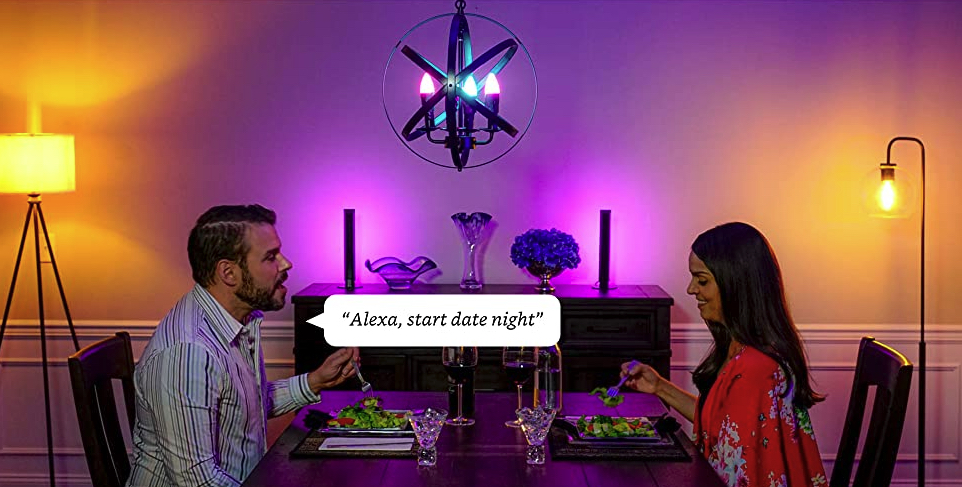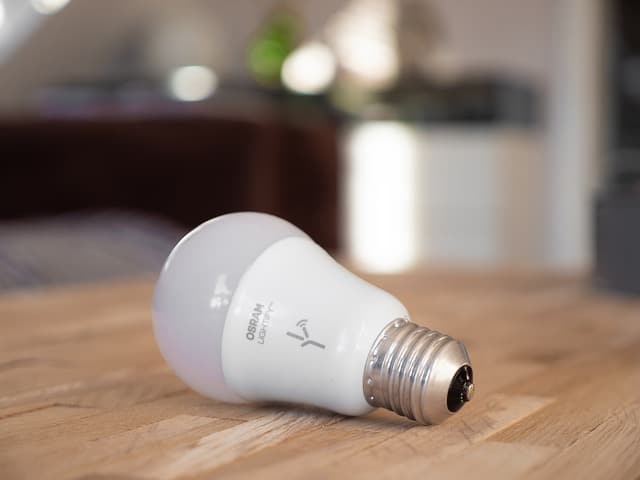A hub is a central device that allows you to control multiple devices on a network. If you have multiple smart bulbs in your home, you'll need a hub to control them all.
If you're just starting out with smart bulbs, you may be wondering if you need a hub. The answer is: it depends. If you only have a few smart bulbs, and they're all from the same manufacturer, you may be able to get by without a hub. However, if you have multiple smart bulbs from different manufacturers, or if you want to control your smart bulbs remotely, then you'll need a hub.

How does an ordinary hub work?
In order to sort it out, we need to understand how a hub for smart bulbs works.
A hub is a device that connects to your home network and allows you to control your smart devices remotely. It also acts as a bridge between the internet and your smart devices, so that you can access them from anywhere in the world. Without a hub, you would be limited to controlling your devices from within a range of your home network.
Most hubs also come with additional features, such as the ability to set schedules and timers, create groups, and integrate with other smart home devices. Some even come with built-in voice assistants, like Amazon Alexa or Google Assistant, so that you can control your devices hands-free. In general, a hub is constructed with both wired and wireless connectivity options to make it as compatible as possible with different types of devices.
Now that we know how a hub for smart bulbs works, the next question is...

Do you need a hub for smart bulbs?
Non-connected devices that aren't linked to your home's Wi-Fi or Bluetooth will require a smart hub and the brand's associated smartphone app to be controlled. In other words, the smart hub will function as a translator between your phone and the smart home device. So, if you're planning on outfitting your home with a bunch of smart devices, a hub is probably going to be necessary.
Hubs for smart bulbs were created to make it easier to connect different types and brands of smart bulbs to your home network. By doing this, you can control all of your bulbs from a single app instead of having to use multiple apps. If you're only planning on getting a few smart bulbs, you may not need a hub. However, if you're looking to create a fully-fledged smart home, a hub is probably going to be one of the first things you'll need to invest in.
You may possibly never have to worry about turning on a light, as every smart light-enabled room is the apex of convenience thanks to the smart hub's capacity to control bulbs from any place. Functionality with motion sensors for security and switching bulb hues for intelligent LEDs - both inside and outside of the house - are all possible uses.
So, the advantages of using hubs are the following:
- You can control multiple devices with a single app
- You can access your devices from anywhere in the world
- Most hubs come with additional features, such as the ability to set schedules and timers, create groups, and integrate with other smart home devices
- Some hubs even come with built-in voice assistants, like Amazon Alexa or Google Assistant, so that you can control your devices hands-free
However, there are also some disadvantages that you should keep in mind:
- If you only have a few smart bulbs, and they're all from the same manufacturer, you may be able to get by without a hub.
- If you have multiple smart bulbs from different manufacturers, or if you want to control your smart bulbs remotely, then you'll need a hub.
- Most hubs require a subscription fee in order to use all of their features
- If your internet connection is down, your smart devices will not be able to connect to the internet and you will not be able to control them remotely
All in all, it's up to you to decide whether or not you need a hub for your smart bulbs. If you're only planning on getting a few smart bulbs, and they're all from the same manufacturer, you may be able to get by without a hub. However, if you have multiple smart bulbs from different manufacturers, or if you want to control your smart bulbs remotely, then you'll need a hub.

What do you need for a smart bulb to work?
Smart bulbs function using wireless communication protocols like Bluetooth, Wi-Fi, Z-Wave, or Zigbee to connect to an app on your smartphone or home automation hub. In order to connect to your home’s network, a smart bulb will need either a built-in Wi-Fi connection or a Zigbee radio. If you have a lot of smart bulbs and other devices in your home, you may want to get a home automation hub to help manage them all.
If you’re just getting started with smart bulbs, you may not need a hub right away. You can usually get it by just using your smartphone as a controller. However, if you start adding more and more smart devices to your home, you may find that a hub can make things easier to manage. Besides, a hub can expand the capabilities of your smart devices. For example, you can use a hub to set up rules and automation for your devices.
So do you need a hub for your smart bulbs? It depends on how many devices you have and what features you want to use. But if you’re just getting started, you can probably get by without one.
Can you use smart lights without a hub?
The No-hub smart bulb, as the name implies, allows you to make your house smart without requiring a hub. There is no requirement for proprietary connections such as Z-wave or Zigbee to operate. This type of smart light has built-in Bluetooth or Wi-Fi capability, so you may control it from your smartphone or computer.
The Wyze Bulb is an inexpensive white LED light. You can buy a 4-pack for $20 on Amazon. One of the great things about Wyze Bulbs is that you don't need a separate hub to use them; they connect directly to your home's Wi-Fi network. To set up Wyze Bulbs, you'll need the Wyze app, which is available for free on Android and iOS. Once you've downloaded the app and created an account, you can add Wyze Bulbs to your account by tapping the "+" icon in the top-right corner of the main screen and selecting "Add a product." Then, just screw in your Wyze Bulb, tap "Continue," and follow the on-screen instructions to connect your Wyze Bulb to your Wi-Fi network.
Usually, No-hub smart bulbs are more expensive than hub-required bulbs. Wyze Bulbs are an exception to that rule. You might be wondering why you would want to buy Wyze Bulbs when you could just buy Philips Hue Lights, which also don't require a hub. The main reason is price; Wyze Bulbs are much cheaper than Philips Hue Lights. For example, a single Philips Hue White A19 LED Light costs $15, while a 4-pack of Wyze Bulbs costs $20. So, if you're looking for an inexpensive way to get started with smart lighting, Wyze Bulbs are a great option.
What are the different types of smart bulbs?
Well, it seems that you need much more info regarding the topic, as all those different types of bulbs can get confusing.
There are several classifications to consider when discussing the types of smart bulbs. The most important distinction is between those that require a hub and those that do not. There are also some other classifications that can be made, such as between multi-colored bulbs and single-color bulbs. However, the former is a sub-type of the latter, so we will focus on the hub requirement here.
When it comes to smart bulbs, there are two main types: those that require a hub, and those that do not. The former is often more expensive and complex to set up but offers more features and flexibility. The latter is cheaper and easier to set up, but may be more limited in terms of features and functionality. So, which type of smart bulb is right for you? It really depends on your needs and preferences. If you want a simple way to get started with smart lighting, then a non-hub bulb may be the way to go. However, if you want more features and flexibility, then a hub-based system may be a better option.
Of course, there are other factors to consider as well, such as the number of bulbs you need, the type of lighting you want, and so on. But in general, the decision of whether or not to get a hub for your smart bulbs comes down to personal preference.

Do I need a hub to use smart bulbs with Alexa?
Another interesting question that might come to your mind is whether or not you need a hub to use smart bulbs with Alexa. The answer to this question is a bit more complicated than the previous one. The short answer is that you do not need a hub to use smart bulbs with Alexa. However, there are some caveats to this. First of all, not all smart bulbs work with Alexa. So, if you want to use Alexa with your smart bulbs, you'll need to make sure that the bulbs you're considering are compatible with Amazon's voice assistant.
Alexa works in such a way that it can connect to your smart devices directly, without the need for a hub. However, some devices do require a hub in order to work with Alexa. So, it really depends on the specific device you're using. In general, though, you should be able to use smart bulbs with Alexa without the need for a hub. However, as always, there are exceptions to this rule.
How to install a smart bulb hub?
The setting up process of a hub is different for each type and brand. You should read the instruction manual that comes with your product, as it will provide specific guidance on how to set up your particular hub.
That said, there are some general steps that you can follow when setting up a smart bulb hub. First of all, you'll need to connect the hub to your router using an Ethernet cable. Once the connection is established, you can then proceed to set up the rest of your system according to the instructions in your user manual. In general, setting up a smart bulb hub is not overly complicated. However, if you're having trouble, you can always reach out to customer support for assistance.
The maximum number of lights that may be controlled via a single bridge is determined by the smart home system. A variety of bulbs, lamps, and strips with multiple switches, dimmers, and sensors can all contribute to this figure. Multiple bridges are available for users who want to manage more than fifty lights. You must switch between them on the smartphone app; only one can be active at any given time.
Conclusion
In case you wonder whether you need a hub for smart bulbs, it really depends on your needs and preferences. If you want a simple way to get started with smart lighting, then a non-hub bulb may be the way to go. However, if you want more features and flexibility, then a hub-based system may be a better option. There are other factors to consider as well, such as the number of bulbs you need, the type of lighting you want, but in general, the decision of whether or not to get a hub for your smart bulbs comes down to personal preference.